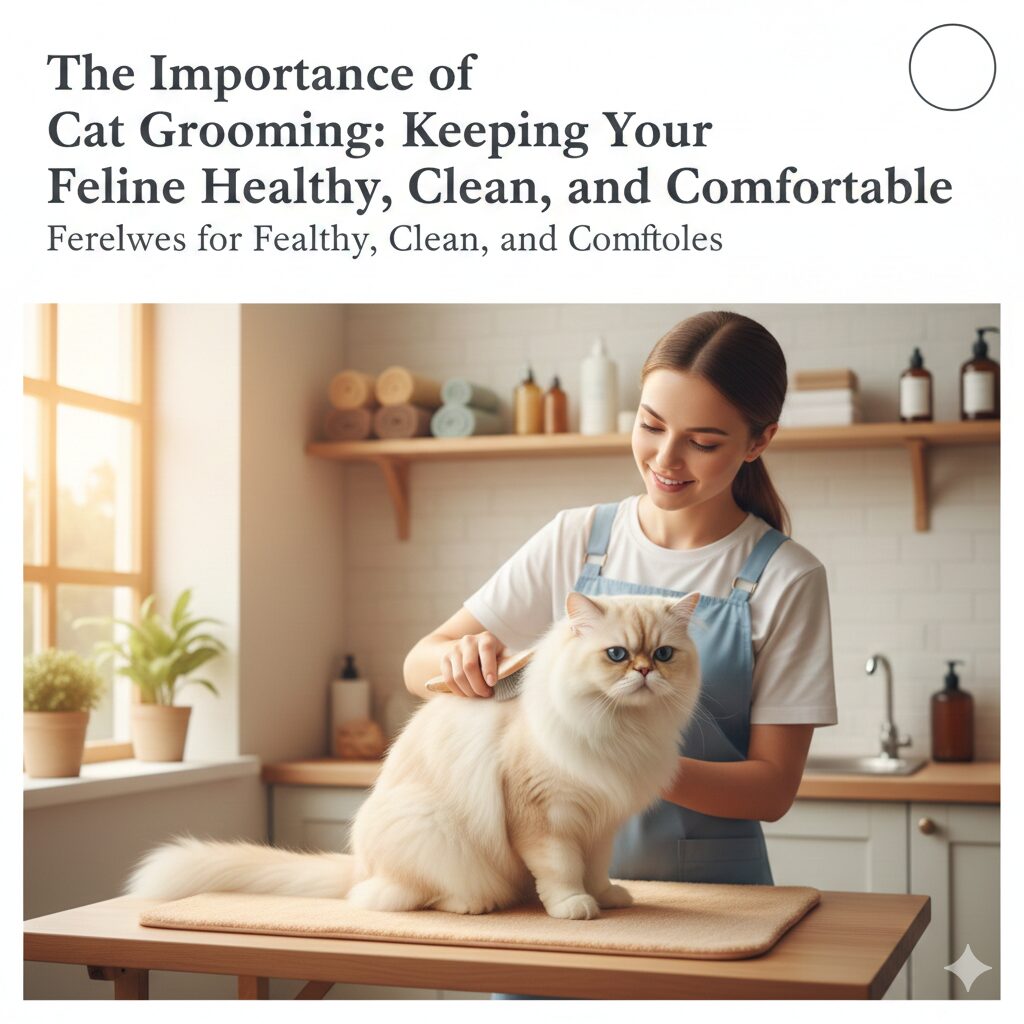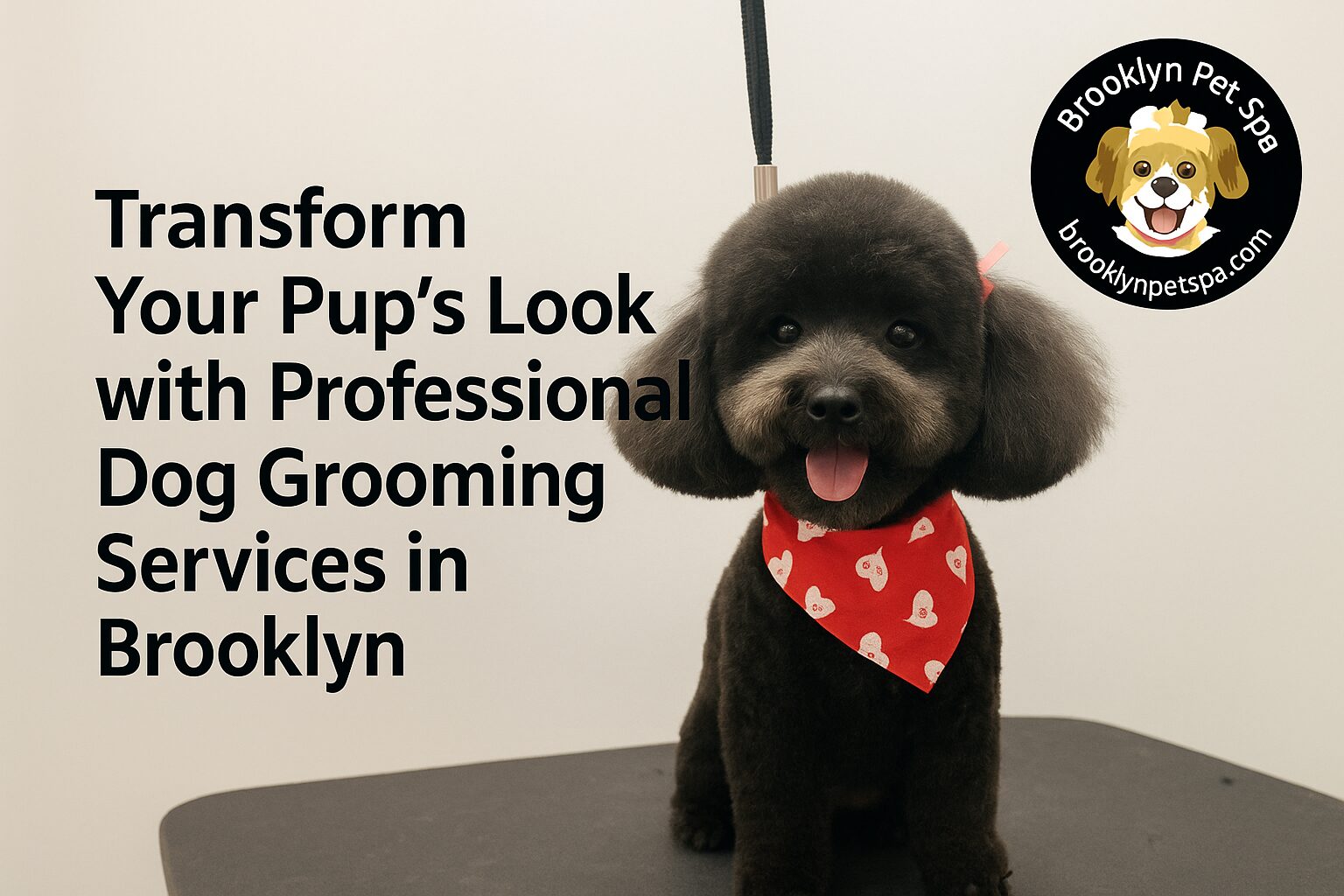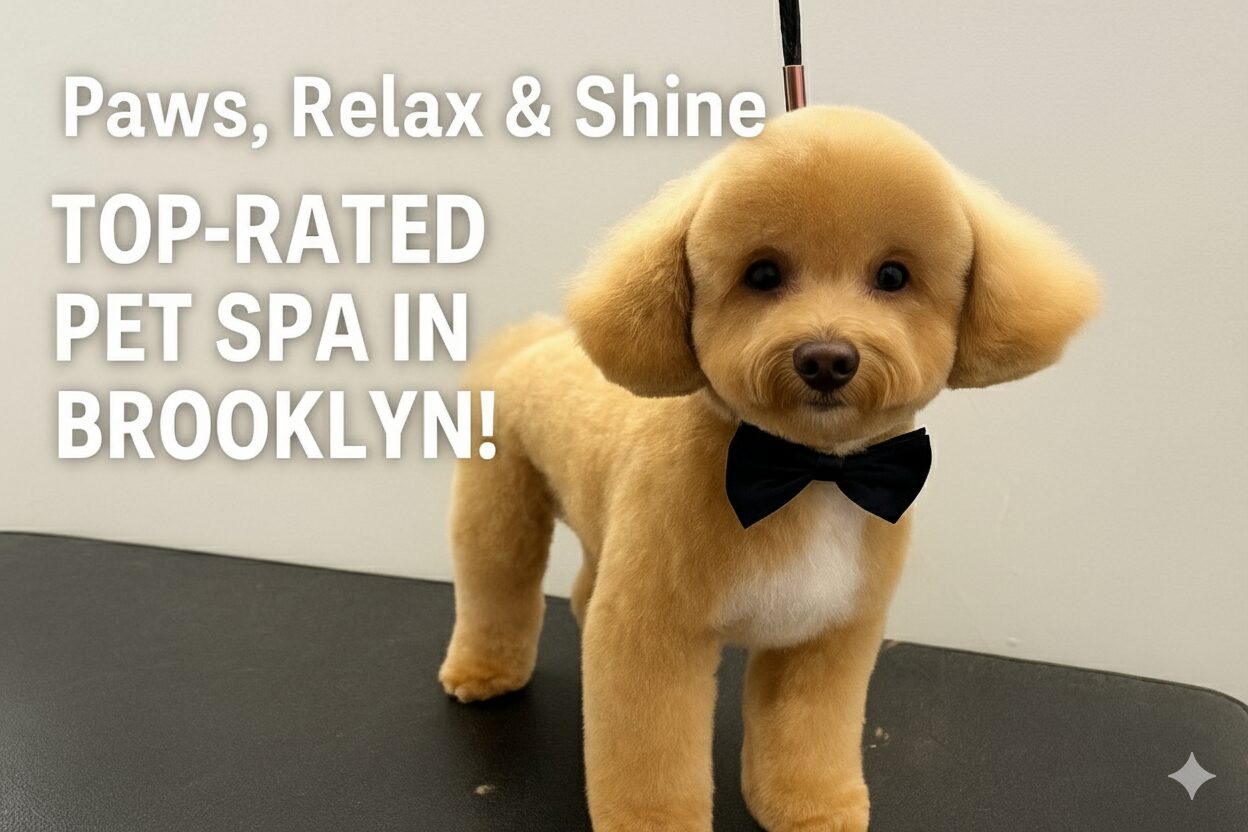Ever wondered why your Golden Retriever seems to leave a trail of fur wherever they go, while your neighbor’s Poodle looks perpetually pristine? Let’s dive into the science behind shedding and uncover why some dogs demand more grooming than others.
Table of Contents
ToggleThe Hairy Truth: Understanding Dog Coats
Dogs sport a variety of coat types, each influencing their shedding patterns and grooming needs. Here’s a breakdown:
Double-Coated Breeds
These dogs have a dense undercoat beneath a layer of guard hairs. Breeds like Siberian Huskies and Alaskan Huskies possess this type of coat, which provides insulation against extreme temperatures. They typically “blow” their coats twice a year, leading to significant shedding during these periods.
Single-Coated Breeds
Lacking an undercoat, these breeds often shed less. However, the amount they shed can vary based on other factors.
Curly or Wavy-Coated Breeds
Breeds such as Poodles and Portuguese Water Dogs have hair that grows continuously and doesn’t shed in the traditional sense. Instead, their hair can become tangled or matted if not regularly groomed.
The Shedding Cycle: It’s All About Growth
Just like humans, dogs’ hair goes through a growth cycle:
Anagen Phase
Active hair growth.
Catagen Phase
Transitional phase where growth slows.
Telogen Phase
Resting phase before the hair falls out.
Breeds with longer anagen phases, like Poodles, have hair that grows longer and sheds less frequently. In contrast, breeds with shorter anagen phases, such as Labrador Retrievers, experience more frequent shedding.
What Are The Factors Influencing Shedding?
Several elements can impact how much a dog sheds:
Seasonal Changes
Many dogs shed more in spring and fall, adapting to temperature shifts. This seasonal shedding helps them prepare for warmer or cooler weather.
Hormonal Influences
Hormones play a significant role in shedding. For instance, intact females may shed more during their heat cycles or after giving birth.
Health and Diet
A dog’s overall health and nutrition directly affect coat quality. Poor diet, stress, or underlying health conditions can lead to excessive shedding.
Grooming Needs: Beyond the Brush
Understanding a breed’s shedding pattern is crucial for determining its grooming requirements:
High-Shedding Breeds
Breeds like the Siberian Husky require regular brushing, especially during shedding seasons, to remove loose fur and prevent matting.
Low-Shedding Breeds
Breeds such as the Portuguese Water Dog still need consistent grooming to prevent tangles and maintain coat health, despite shedding less.
Breeds Prone to Matting
Dogs with curly or wavy coats, like the Kerry Blue Terrier, are susceptible to matting and require regular grooming to keep their coats in top condition.
The Hypoallergenic Myth
While no dog is truly hypoallergenic, some breeds are considered more suitable for allergy sufferers due to their reduced shedding and dander production. However, individual reactions can vary, so it’s essential to spend time with a breed before bringing one home.
Tailoring Grooming to Your Dog’s Needs
To keep your canine companion looking and feeling their best:
- Regular Brushing: This helps remove loose hair, distributes natural oils, and prevents matting.
- Bathing: Depending on the breed and activity level, regular baths can help maintain skin and coat health.
- Professional Grooming: Some breeds benefit from regular professional grooming sessions to manage their specific coat needs.
Understanding the science behind shedding empowers you to provide the best care for your furry friend, ensuring they remain comfortable and their coat stays healthy.
Pamper Your Pooch at Brooklyn Pet Spa
Ready to give your dog the royal treatment? At Brooklyn Pet Spa, we offer professional pet grooming in Brooklyn that prioritizes your pet’s comfort and happiness. From dog de-shedding treatments to luxury pet spa experiences in Brooklyn, our skilled team ensures your furry friend looks and feels their best. Book an appointment today and let your pet indulge in the finest pet grooming with Brooklyn’s best groomer!









